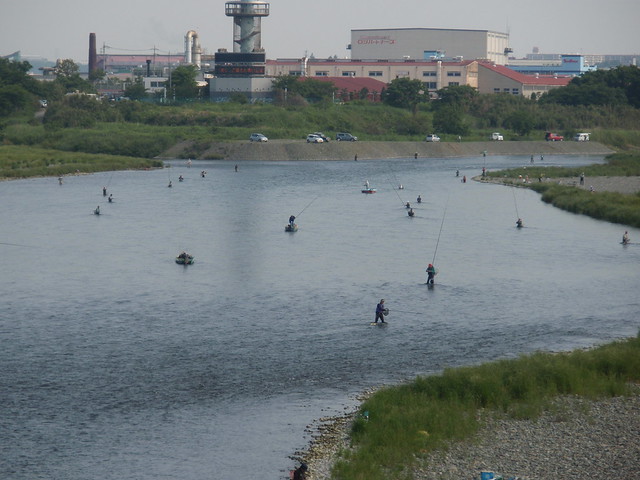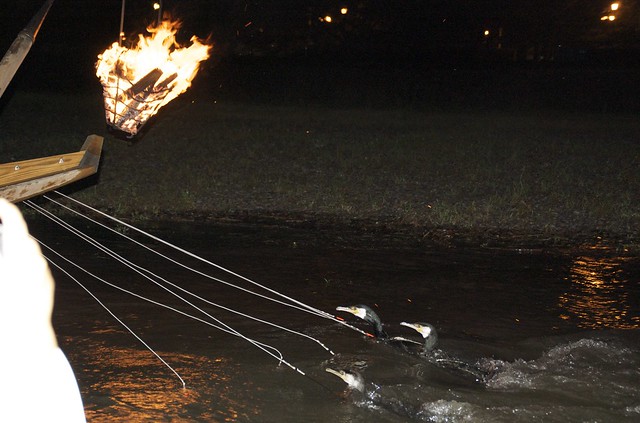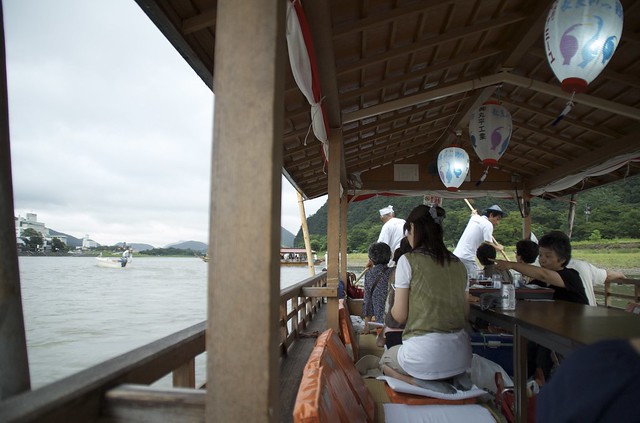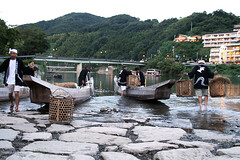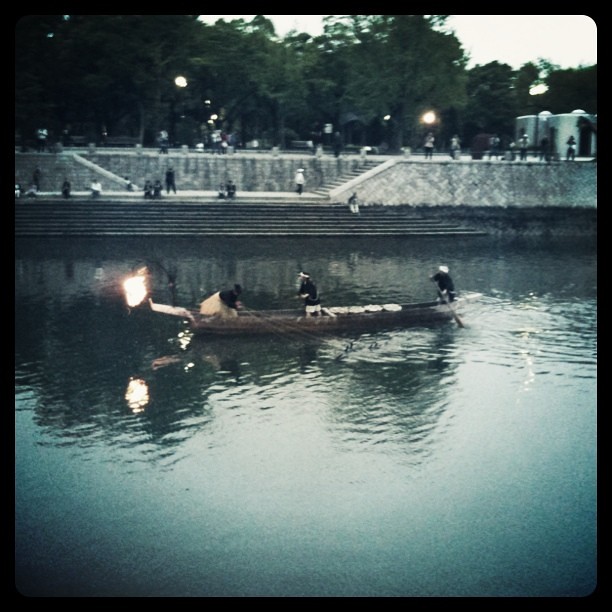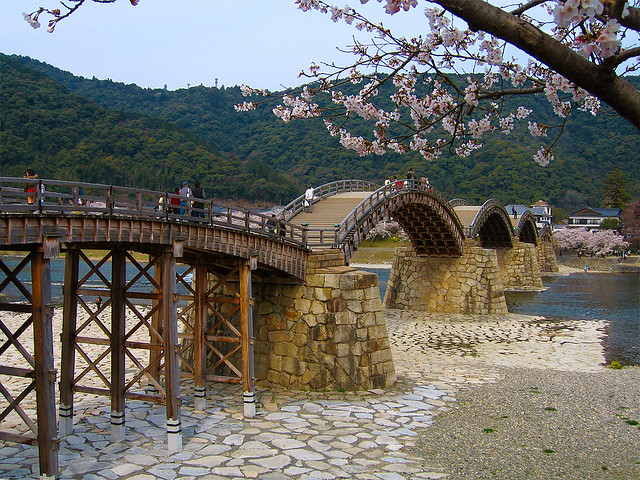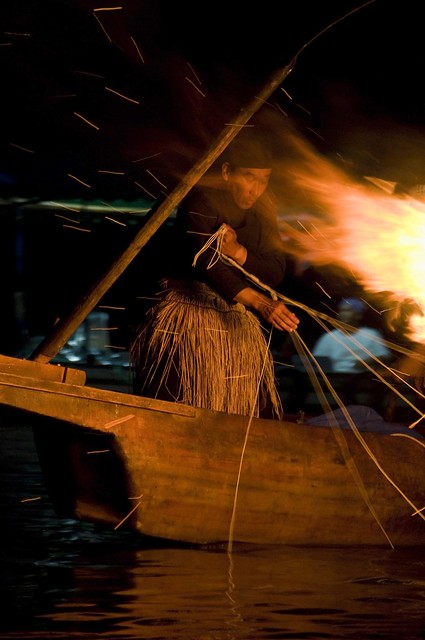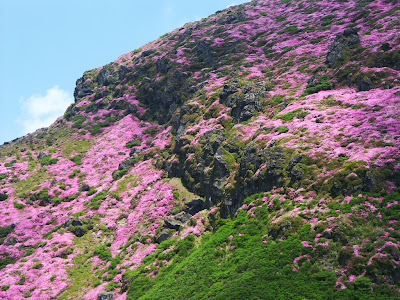Kyoto is abundant in groundwater, so Yuzen dyeing had flourished and many traditional sake breweries are located in Kyoto.
Noryo-yuka along the Kamo River
Noryoyuka(納涼床, Noryodoko) or kawadoko(川床, kawayuka) is a type of open riverside restaurant. It's a characteristic summer scene in Kyoto. People can enjoy the cool evening breeze while dining on the terrace from May to September. In the Edo Period, Noryoyuka became popular.
 |
| photo by KYOTOdesign Noryo-yuka along the Kamo River |
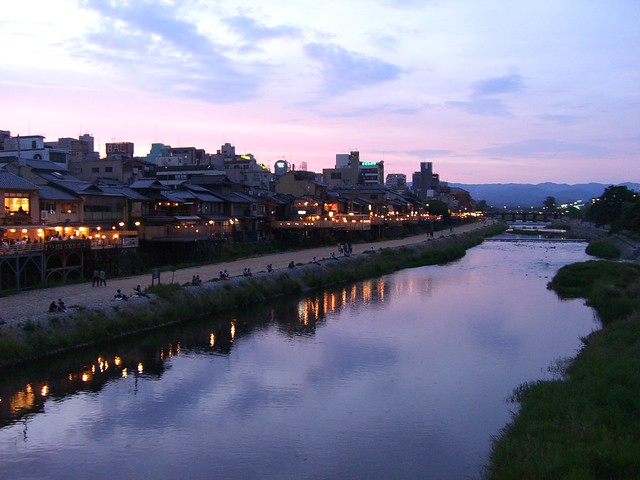 |
| Enjoying the cool breeze in Kyoto City, Japan: 京都鴨川納涼床 by Conveyor belt sushi /flickr (Noryo-yuka along the Kamo River) |
kyoto-kamogawa-nouryouyuka-kyoudoukumiai:
http://www.kyoto-yuka.com/ (Japanese version only)
Kawadoko in Kibune
In Kibune, the floorboards are placed on the Kibune River. So it seems to be cool. Many visitors ask for salt-broiled sweetfishes.
Kibune kawadoko:
http://kyoto-design.jp/special/kibune (Japanese version only)
 |
| photo by euzim (kawadoko on the Kibune River) |
 |
| photo by euzim (kawadoko on the Kibune River) |
 |
| photo by KYOTOdesign (kawadoko on the Kibune River) |
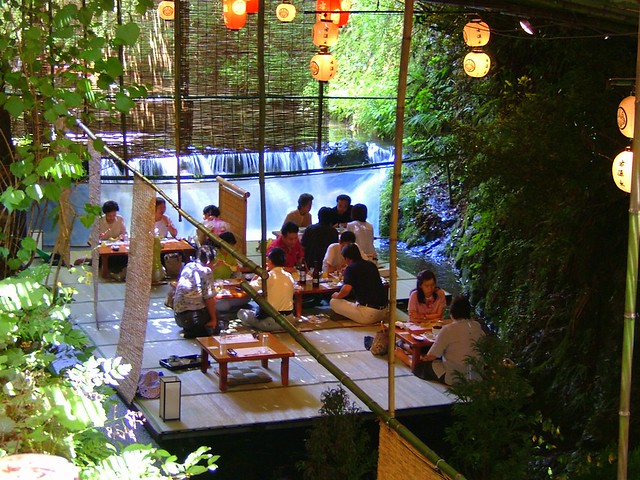 |
| 夏の思い出 by sprklg /flickr(kawadoko on the Kibune River) |
In Takao, there are decks with roofs along the Kiyotaki River. The temperature in Takao is a couple of degrees lower than in urban areas.
There are also kawayuka along Mino River in Osaka. They will start on July 12.
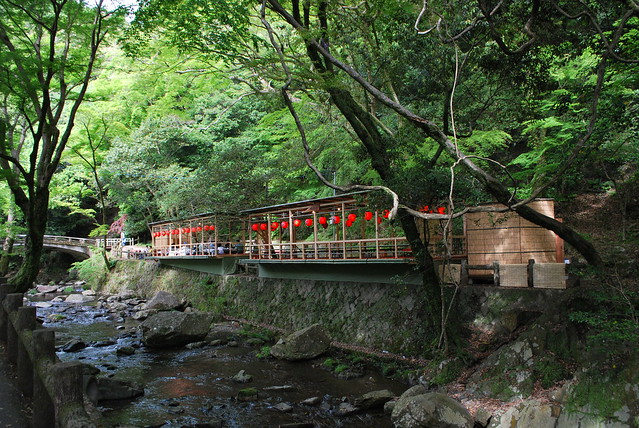 |
| Kawayuka at Minoh RIver by tmkhr /flickr(kawayuka along Mino River ) |
Machiya (町屋/町家) is a traditional wooden townhouse that doubles as a store, and there are many machiya in Kyoto.
The typical Kyoto machiya is a long wooden home with a narrow street frontage. The house has a roadside shopping space, inner courtyards to bring light and breeze into the house, a living space, and a storehouse. A machiya includes an earth floor space called Tori-niwa that runs the entire length of the house on one side, and rooms line up on the other side. The living space is laid out between two inner courtyards. The front inner courtyard is very small and gets little sunlight.
Kyoto-born people water the front courtyard in the morning and do the back courtyard in the afternoon. The heat of vaporization occurs by watering one courtyard, and the temperature difference between two courtyards causes a cooling breeze that blows through the house. I don't know how effective is that. I can't find its validation result.
 |
| Gion Machiya by john wiss /flickr |
machiya in Gion, Kyoto
 |
| 町屋(machiya) by hyamaoka /flickr (drawing room) |
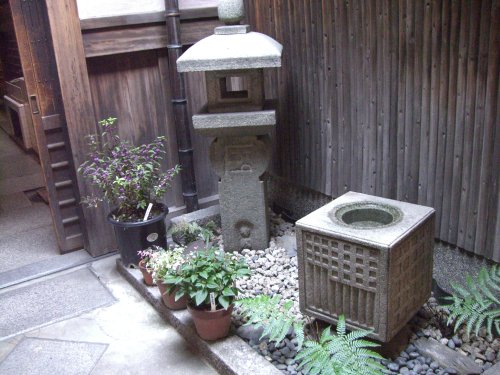 |
| courtyard by hyamaoka /flickr (front inner courtyard ) |
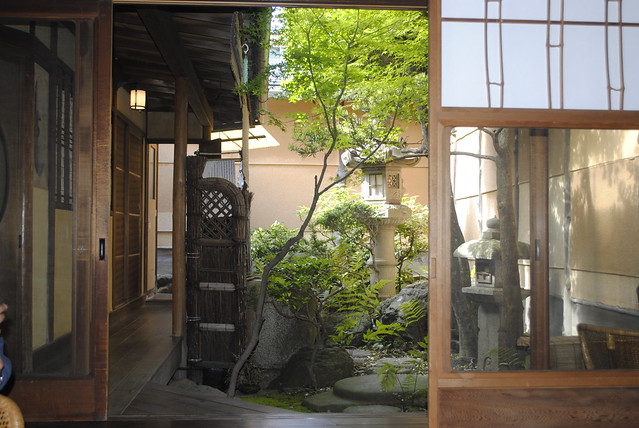 |
| Kingyo-ya by Omar + kamitera /flickr (back inner courtyard ) |
 |
| back yard by hyamaoka /flickr (back inner courtyard ) |
During the summer, many houses in Kyoto remove their sliding doors and use sliding screen doors having bamboo (or reed) blinds to improve airflow.
 |
| machiya by conbon33 /flickr |
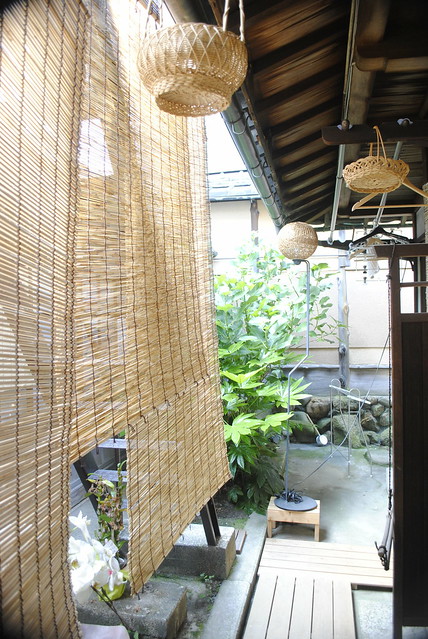 |
| Kingyo-ya by Omar + kamitera /flickr |
 |
| 適塾(旧緒方洪庵邸)客間 by hetgallery /flickr (drawing room) |
This building was built as a merchant house in Senba (船場), Osaka around 1792. Ogata Koan(緒方 洪庵,1810-1863) who was a doctor and scholar of Dutch studies bought to use it as a school called Tekijuku (適塾) in 1845. Osaka University manages the building now.
The earth floor space(Tori-niwa) has a vaulted ceiling to let the heat and smoke out, contains a kitchen, and also serves as the passage.
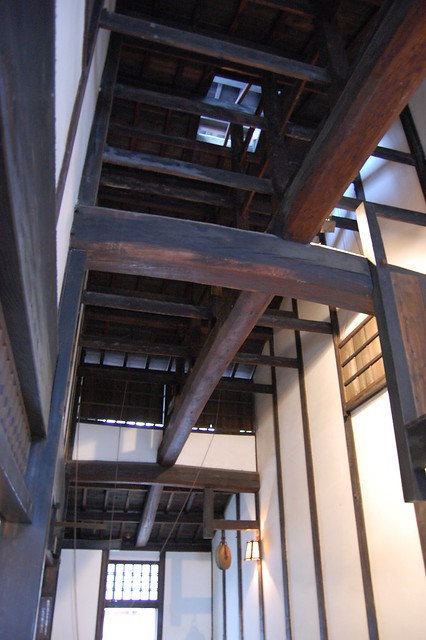 |
| 適塾(旧緒方洪庵邸)土間天井部の梁 by hetgallery /flickr (earth floor space) |
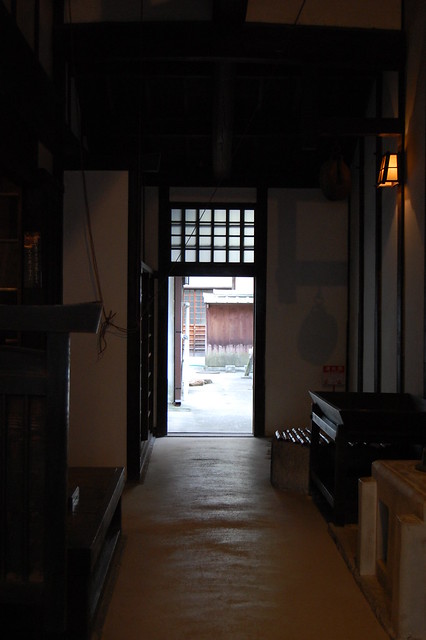 |
| 適塾(旧緒方洪庵邸) 土間 by hetgallery /flickr (earth floor space) |
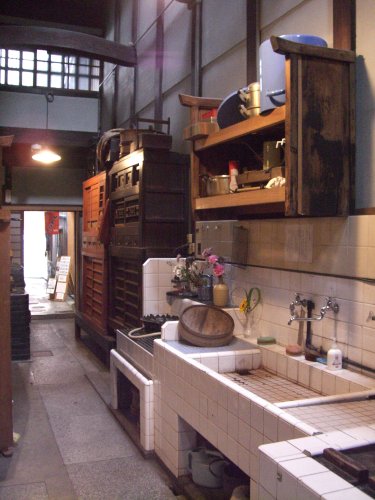 |
| daidokoro by hyamaoka /flickr (kitchen on the earth floor) |
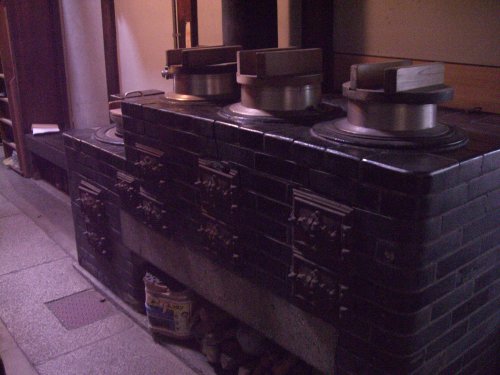 |
| okudo-san by yamaoka /flickr (oven) |

